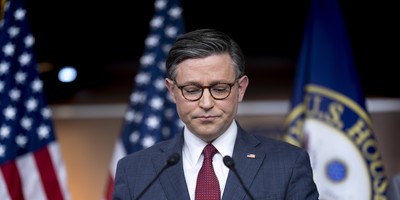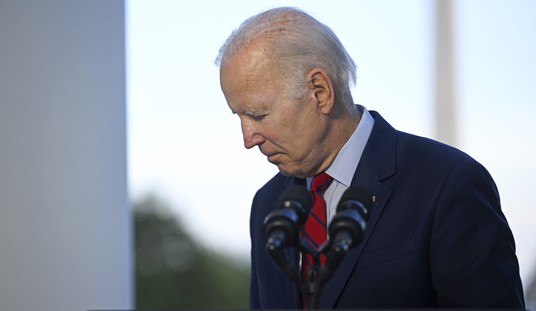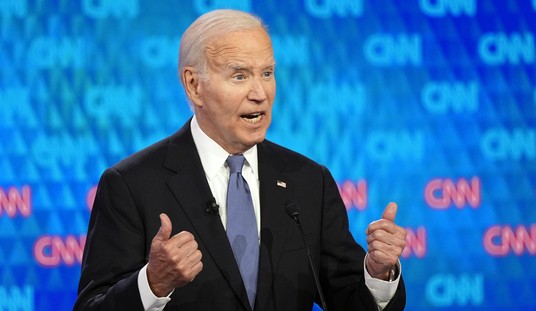On Tuesday, voters in Maine and Washington will face issues petitioned onto statewide ballots by citizens. Question 4 in Maine and Initiative-1033 in Washington would cap the yearly growth of government spending to no more than the yearly increase in population plus inflation. If legislators wish to spend more, they have to do the unthinkable: obtain voter approval.
To voters in both states in early polls, the spending cap idea appeared popular. It certainly makes a kind of common sense: Don’t allow the revenue pouring into government coffers during good times to spur wild government growth that is unsustainable in normal or bad times.

Both initiatives allow legislators to go back to voters if they deem more spending needful. The key is giving voters greater control over spending by making legislators justify greater spending.
Of course, if your livelihood is inextricably dependent on your take of tax dollars doled out by politicians, you don’t want any kinks in that intake hose.
And it turns out that, in government as in business, one sometimes has to spend money to make money.
That’s what is happening in Maine and Washington State. Over the course of the last month, millions of dollars have been spent on television and radio ads — all on the side of those opposed to these two proposals, commonly known as the Taxpayer Bill of Rights (or TABOR, for short).
In Maine, those supporting Question 4, have raised nearly two million dollars to wage their No campaign, while the Yes effort just last week commenced a very late ad campaign. The Yes side’s message will register as the merest drop in the bucket compared to the naysayers.
In Washington State, I-1033’s supporters will not run a single television spot. The measure’s opponents, on the other hand, have been swinging a $2.6 million media stick, on the airwaves almost ceaselessly for weeks.
Recommended
This isn’t about being outspent two to one, or five to one, or ten to one. This is 2,600,000 to nothing.
Why so lopsided? The pro-TABOR side has no ability, win or lose, to enrich contributors. This is a genuine public interest that can offer no sweetheart deals, no bridge or road projects, no fat government no-bid contracts. The No folks, on the other hand, have bargaining power: A victory allows them to offer more rides on the gravy train.
Who are the folks laying down the big bucks against these two initiatives?
Did I say “folks”? Well, there are fairly few folks. Most of the money comes not from individuals residing in either state, but from groups — public employee unions, companies doing business with the state, and civic associations permitted to launder tax dollars.
In Maine, individual citizens have donated the hugest hunk of the money on the Yes side. Opposing them, Mainers account for less than 1 percent of the funding.
The nations’ largest teachers union, the National Education Association (NEA), has pumped in roughly $1.3 million against Question 4. Nearly 10 percent of the No side’s dough comes from the Maine Municipal Association, which is funded by cities and counties through tax dollars. The American Federation of State, County and Municipal Employees (AFSCME) in Washington, D.C., chipped in another $70,000. The Service Employee International Union (SEIU) and other unions invested hundreds of thousands more.
The big money against I-1033 in Washington State comes from many of the same players: the NEA gave $335,000; AFSCME kicked in $330,000; and SEIU donated more than $290,000. The Washington Council of County & City Employees contributed more than $120,000.
With all the spending, the latest polls show I-1033 behind in Washington. In Maine, Question 4 — despite the paid media drubbing — clings to a 47 to 45 percent lead, though the movement has been in the No direction.
When it comes to taxes and spending, getting government under control is proving mighty difficult. The largess created by our tax dollars remains formidable — and is being used against taxpayers in both the Northwest and the Northeast corners of the country this Tuesday.























Join the conversation as a VIP Member